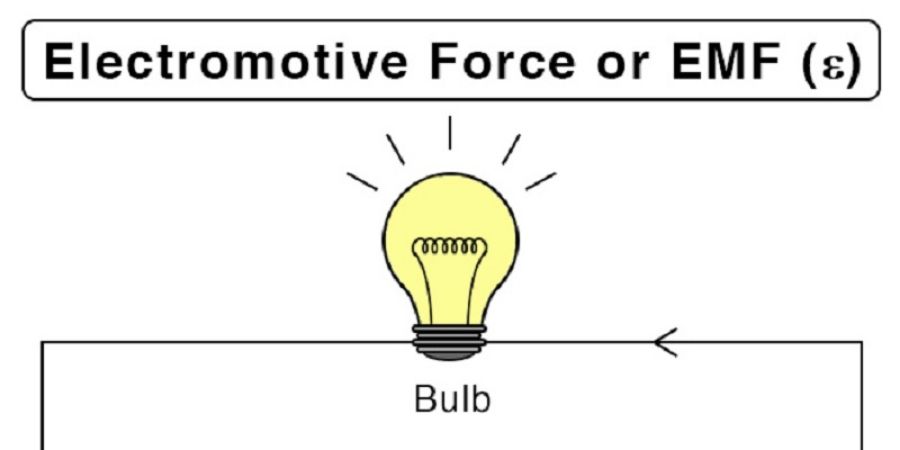

Current flow takes place whenever most of the electron movement in a material is in one direction. you have found out that this movement from a negative charge to a positive charge occurs only as long as a difference in charge exists.
To create a charge, electrons must be moved, either causing an excess or a lack of electrons at the point where the charge is to exist. a charge may be created by any of the six sources of electricity that you have studied previously. these sources furnish the energy required to do the work of moving electrons from a charge. regardless of the kind of energy used to create a charge, it is changed to electrical energy once the charge is created; and the amount of electrical energy exiting in the charge is exactly equal to the amount of the source energy required to the created energy.
When the current flow, the electrical energy of the charge is utilized the move electrons from less +ive to more +ive charge. this electrical energy is called electromotive or emf force and is the moving force which cases the current flows. electrons maybe move to cause a charge by using energy from any six sources of electricity; but, when the elections move from one charge to another charge as the current flow, the moving force of electromotive or emf force.
An electric charge, whether +ive or -ive, represents the reserve of energy. this reserve energy is potential energy as long as it is not being used. the potential energy of charge is equal to the amount of work done to create a chance, and the unit used to measure this work is the volts.
When the two unequal charge exits the electromotive force between the charges is equal to the difference in potential of the two charges. since the potential of each charge is expressed in the volts the difference in potential is also expressed in volts. the difference between the two potential charges is the electromotive force re active between the charge communities called voltages.
Voltage and the difference between potential exist between any two charges which are not exactly equal. even an unchanged body has a potential difference with respect to a charged body; it is positive to respect a negative charge and negative with respect to a positive charge. voltage exists, for example between an unequal positive charge and between unequal potential negative charge. this voltage is purely relative and is not used to express the actual amount of charge, but rather to compare one charge to another charge and indicated the electromotive force.




